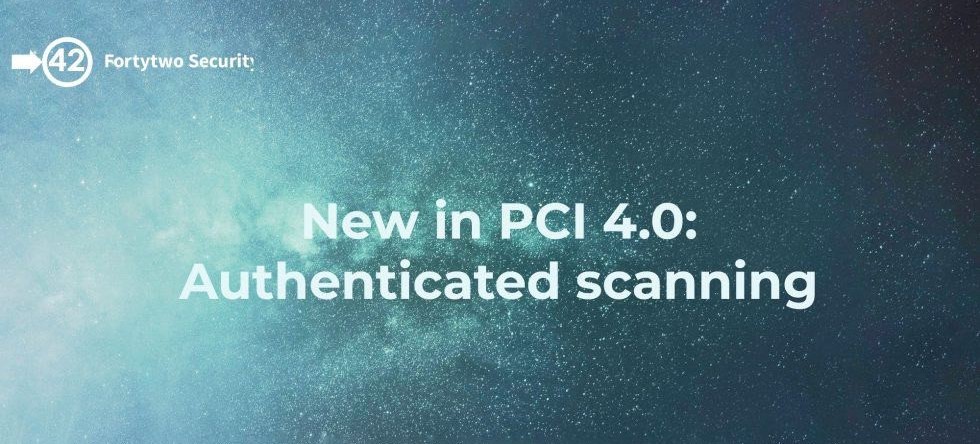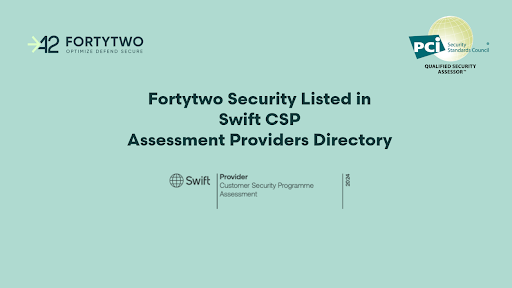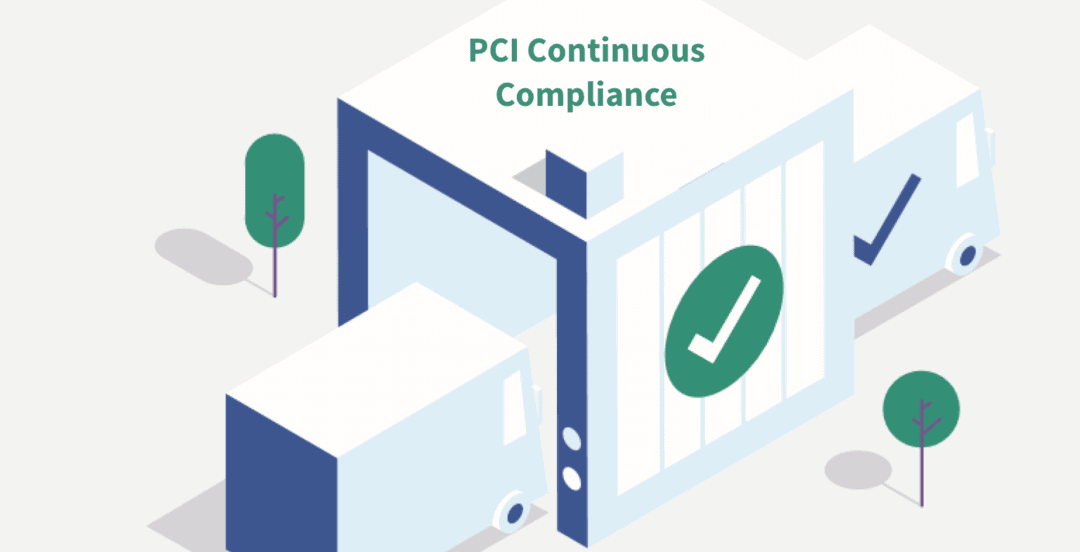Our blog
Contact us

Contact us

Compliance
Security tips
PCI DSS
Information security
News

Compliance
Cybersecurity in Shipbuilding


Compliance
PCI 4.0: What are the changes for Cloud computing?


Security tips
Securing Your Data In
The Cloud


PCI DSS
The new PCI DSS version 4.0 is out: What to expect?


PCI DSS
New in PCI DSS version 4.0: Authenticated Scans


Compliance
Annual Plan – PCI DSS Compliance


News
Listed in Swift CSP Assessment Providers Directory


Compliance
PCI Continuous Compliance Service – The Benefits


Information security
Pentesting, Vulnerability scan and Risk analysis: What’s the difference?
